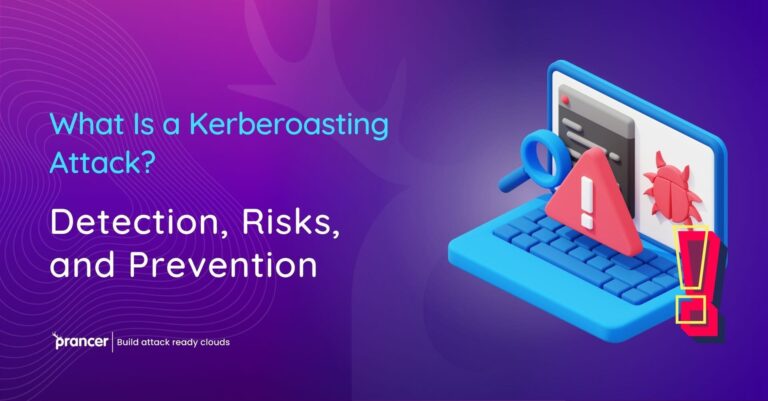

Offensive Security is a term used to describe the art of attacking and exploiting cyber systems. It is a broad field covering many different areas, including infrastructure security, application security, database security, etc.
Offensive Security tools are used by ethical hackers and penetration testers to test the security of systems and applications. The pentester must understand the application components to formulate the attack he wants to do. Also, the more information they have about the underlying technologies, the attacker can better develop the attack.
There are several open-source and commercial tools for offensive security. Two of the most popular tools in Offensive Security are:
Zaproxy: The ZED Attack Proxy (ZAP) is a powerful open-source penetration testing tool that security experts employ to identify vulnerabilities in web applications. In a nutshell, zap intercepts and examines messages that are sent between a browser and a web application, modifying the contents if necessary and then passing them on to the destination. Zap may be used in numerous pentesting situations, including as part of the OWASP top 10 web and API testing.
Burp Suite: Burp suite is a commercial integrated platform for performing security testing of web applications and APIs. It consists of several tools that allow the pentester to map the application, find vulnerabilities, and exploit them. Burp’s tools can be utilized in numerous ways to perform security testing tasks ranging from very simple to highly advanced and specialized.
There are many more tools to choose from, such as nmap, nslookup/dig, Selenium, Nikto, recon-ng, SpiderFoot, etc.
Manual pentesting may be more time-consuming and expensive than developing an automation suite. There are numerous tools available that can automate the majority of pentest activities, including security scanning against cloud architectures built on microservices and APIs. In turn, this ability to automate time-consuming manually intensive operations allows businesses to speed up their validation process while also reducing product release cycles
When it comes to the amount of data that can be stored, as well as the sheer scale of cloud CSPs, companies simply cannot keep up with the speed of innovation and the overall scale of the cloud. The only way to catch up with these factors is to automate the security testing as part of SDLC processes.
Prancer’s Penetration Testing As Code Framework (PAC) is a cloud-based solution that automates the scaling of penetration testing use cases and the creation of pentest instances on all major cloud providers.
PAC is a powerful offensive security tool that makes performing large-scale distributed penetration tests on cloud infrastructure and apps simple. It’s designed for pentesters, developers, and security experts to simplify the process of detecting cloud environment vulnerabilities by automating them. PAC can be used to test serverless architectures, microservices, and APIs.Instance-based malware detection delivered a fully managed service and was deployed with minimal infrastructure in a serverless style, allowing developers, security experts, and pentesters to programmatically define threats as code and automatically discover vulnerabilities in cloud apps.
Developers may profit greatly from PAC. Developers may design an attack as code and obtain valuable feedback on the security of their application since PAC provides a fully automated and managed pentest experience with limited pentesting expertise. Developers can use PAC to identify vulnerabilities early in the development lifecycle, implement security best practices, and build secure applications by detecting flaws early on.
PAC also benefits security experts. It provides a highly versatile pentest experience with a slew of features and functions. Because PAC obtains information from the Prancer CSPM solution, it can white box cloud application pentesting and minimize false positives considerably by co-relating the infrastructure and application findings.
Whether you’re a pentester or a developer, there are several advantages to employing automated offensive security tools like Prancer for cloud environments. With their capacity to scale and automated end-to-end security testing and validation at scale, you can dramatically improve the release velocity while delivering attack-ready cloud applications.
